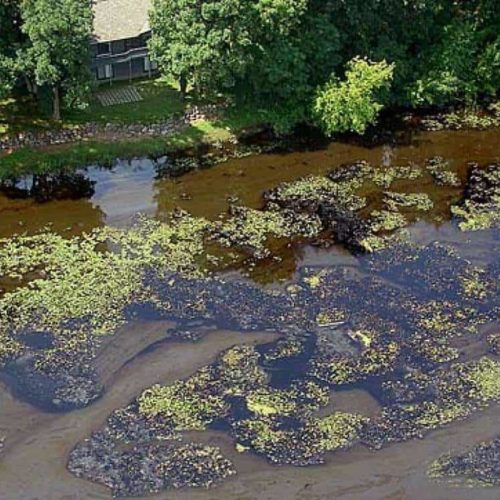Introduction
An interagency committee designed to coordinate oil pollution research after the 1989 Exxon Valdez spill has not kept pace with major changes in the oil industry or tried to end duplication of effort.
An analysis by the Government Accountability Office found that the Interagency Coordinating Committee on Oil Pollution Research had not updated its research plan in 14 years and research being conducted does not reflect changes in oil production, like the increase in deep-water drilling and Arctic oil production.
The goal of the committee was to coordinate oil pollution research among federal agencies, like NOAA, Department of Energy, EPA, Coast Guard and Department of Interior’s Minerals Management Service (now the Bureau of Ocean Energy Management, Regulation and Enforcement). The GAO found very little communication between agencies on the committee. Five of the agencies did not have a designated representative until 2010 and officials at one member agency said they had never heard of the interagency committee.
The 2010 Deepwater Horizon explosion and fire led to the largest oil spill in U.S. history, raising new concerns about the effects of oil spills and triggering the GAO report.
According to the GAO, the committee did little to coordinating agency research, which was supposed to be the overarching purpose of the committee. Many of the agency officials on the committee were unaware of research priorities set in 1997 and did not use it to guide research. Instead, each agency determined its own research priorities based on its individual agency mission.
The committee still relies on its 1997 research plan, which is outdated and fails to address modern oil pollution risks. Just three years after the plan was completed, deep-water drilling surpassed shallow water drilling, but deep-water drilling is not even mentioned in the research plan.
The committee has also failed to communicate with outside partners. Four states—Alaska, California, Louisiana, and Texas—have their own oil pollution research programs, but two of the programs were unaware of the federal committee’s existence until GAO contacted them. One state official said some of the recent research at the federal and state levels was similar to research already completed in the 1990s.
“The interagency committee, established to develop a comprehensive research and development program on oil spill prevention and response, has been incomplete in its accounting for research projects and has done little until recently to coordinate the federal research effort,” the GAO said.
The GAO recommended the committee evaluate research results and identify remaining knowledge gaps. It also recommended updating the research plan and consulting with nonfederal actors on oil pollution risks and research needs.
FAST FACT: Since 2000, member agencies have spent about $163 million on oil pollution research and conducted at least 144 research projects. Research by member agencies has covered a range of topics, like in situ burning (burning oil off the water’s surface), detecting oil in icy waters, predicting oil behavior in deep-water blowouts and using micro-organisms to remove oil from saltwater marshes.
Read more in Environment
Environment
Industry linked to study supporting safety of plastics chemical BPA
Finding of ‘no noteworthy risk’ criticized as ‘same old industry nonsense’


Join the conversation
Show Comments